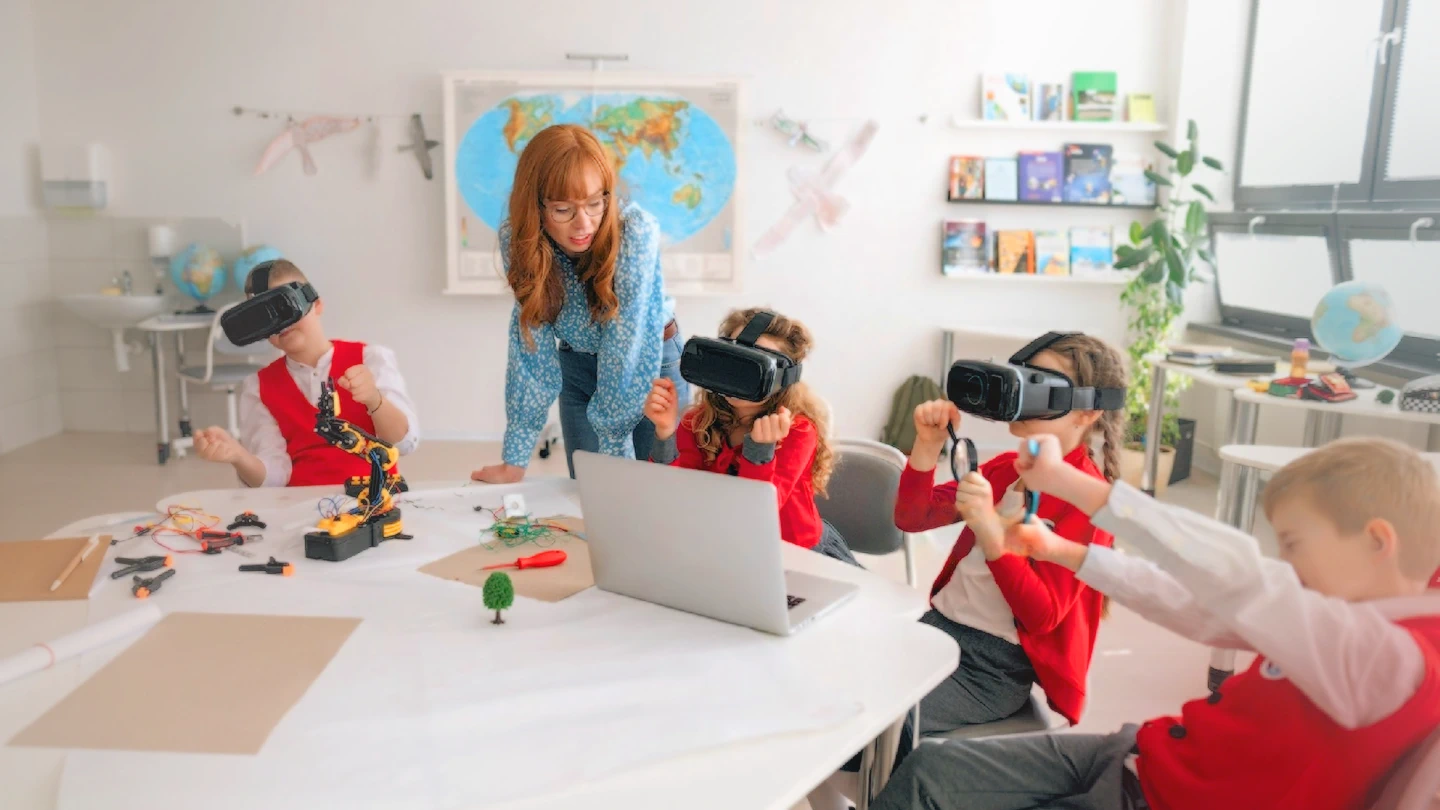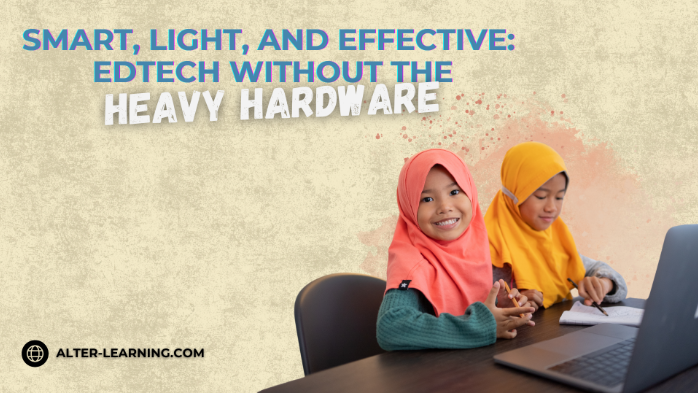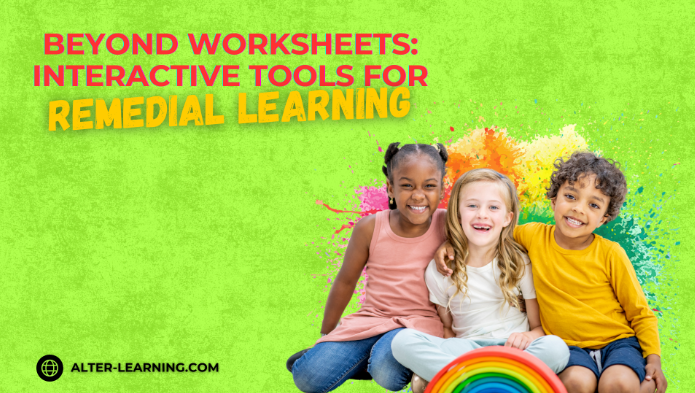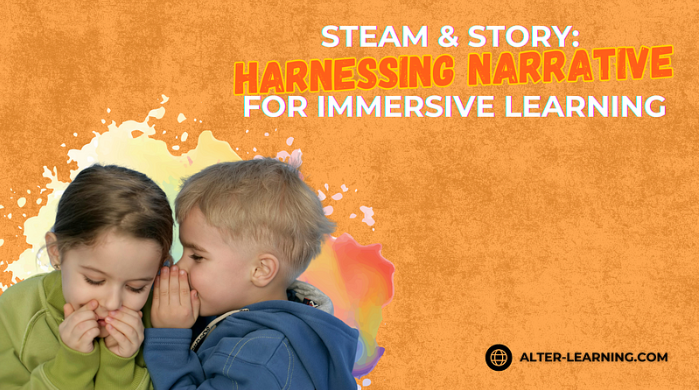In recent years, Virtual Reality (VR) and Augmented Reality (AR) technologies have rapidly found their way into modern classrooms, bringing a breath of fresh air to traditional teaching and learning methods.
These immersive technologies have the potential to transport students to different times or places, offer intricate visualizations of complex subjects, and foster a new level of engagement that keeps students excited about learning.
Adapting to new educational technologies is not just a trend but a step towards creating a well-rounded, engaging, and effective learning experience.
10 VR/AR Lesson Plan Ideas for K-12 Teachers
1. Virtual Field Trips
Can’t get the funds for transportation, lunches, or admission fees? Never mind traveling internationally, we can’t even travel to another state! The cost of boarding alone would bankrupt most schools for the year. With VR and AR, students can virtually visit museums, historical landmarks, or deep space, providing a rich contextual backdrop to their learning.
Take your students on expeditions to far-off places right from the comfort of the classroom.
2. Augmented Reality Science Labs
Many schools need to have science labs available to them. Some have outdated equipment that doesn’t work or may not apply to our world today. Augmented Reality can transform the classroom into a safe and interactive learning environment with AR. Students can conduct experiments to explore complex biological structures or chemical reactions in a risk-free setting.
3. Historical Time Travel
Travel back in time to explore ancient civilizations or significant historical events. VR takes learning beyond the textbook and provides a window to the past, making history come alive in a way that textbooks simply can’t. It’s the closest thing we can get to time travel…yet.
4. Virtual Art Galleries
Allow students to curate art galleries and showcase their work in a shareable virtual space. A visual art gallery would be a unique opportunity for students to appreciate art from different perspectives and cultures.
5. AR Mathematics Puzzles
AR puzzles can make math engaging and fun. Exploring Students can solve problems in a 3D space, making abstract mathematical concepts more tangible and understandable.
In Geometry, AR can help students understand three-dimensional structures. With the use of AR, users can see geometric structures moving realistically on mobile devices or tablets. The use of AR provides a more visual representation of the learning process. Students often refer to textbooks that contain static images of geometric shapes and information. However, using AR, calculations and solutions to mathematical problems can be given via animated 3D objects. Additionally, advanced learning through AR can help increase students’ motivation to study math. AR is a new way of engaging students in the subject.
6. Language Learning with VR/AR
Many don’t realize it, but the apps on their phones that teach languages are actually teaching language immersion through AR. Immersing students in real-world language scenarios using VR or AR is fairly inexpensive. The options are endless, whether it’s practicing conversation in a virtual foreign city or learning new vocabulary through augmented reality.
7. AR Geography Mapping
Turn geography lessons into interactive explorations. With AR, students can interact with dynamic maps, explore physical terrains, and understand geographical concepts hands-on. Imagine being able to use Haptic Gloves to hold a ball of lava and look at it from any angle by turning it in your hand.
8. VR Space Exploration
VR can take your students on a voyage through our solar system and beyond. VR space exploration provides a captivating way to learn about astronomy and inspire an intense curiosity about the cosmos. Perhaps you can take a field trip to ride a meteor and feel the cold of the frozen rock beneath your feet or the heat of the rock upon entry into our atmosphere.
9. VR/AR for Physical Education
Incorporate VR and AR into physical education to promote active learning. These technologies can make physical education more exciting and inclusive, from virtual sports to fitness challenges. Many are already in use in student homes in the form of gaming consoles; however, two-player games are really not feasible for a class of 40.
10. AR Storytelling
Enhance creative writing and storytelling through AR. Students can create and share their process in an interactive, visual format that brings their narratives to life. Imagine each student having their own space to create their storyboard or line up their research.
The Introduction of VR/AR in Education
The transition from conventional teaching techniques to a digital, immersive realm is an evolutionary step in education. It’s not just about the gamification of education; it’s about reaching students in a way that’s intuitive and effective for them.
Various educational games and pilot programs have illustrated that VR and AR can significantly enhance comprehension and retention, especially in complex or abstract topics.
These technologies are proving to be more than just a fad; they’re reshaping the educational landscape to foster a deeper understanding and a more enjoyable learning experience for students.
Summary
As we continue to explore the exciting potential of Virtual Reality (VR) and Augmented Reality (AR) in modern education, we discover how these immersive technologies can transform traditional teaching methods. They are making learning more engaging, effective, and accessible. By incorporating VR and AR into lesson plans, teachers can create rich, interactive, and memorable learning experiences that inspire students and prepare them for the future.
Important FAQs:
What are the benefits of using VR/AR technologies in the classroom?
VR (Virtual Reality) and AR (Augmented Reality) technologies provide immersive learning experiences that can significantly enhance student engagement and retention. They allow for interactive exploration of educational content, virtual field trips, real-world simulations, and creative expression. Additionally, VR/AR can make complex or abstract concepts more tangible and accessible, facilitating a deeper understanding.
How can teachers integrate VR/AR technologies into their existing lesson plans?
Teachers can start by identifying areas within their curriculum where VR/AR can add value, such as complex science concepts, historical explorations, or interactive math problems. Various educational VR/AR apps and platforms provide ready-made resources or allow teachers to create their own content. Teachers can also seek training or professional development opportunities to use VR/AR technologies in their teaching practice effectively.
What are the costs of implementing VR/AR in the classroom?
The costs can vary widely depending on the specific technologies and resources chosen. Basic AR applications may require only a smartphone or tablet, while more advanced VR setups may require specialized hardware and software. Schools may also need to invest in training and ongoing support to ensure effective implementation. It’s advisable to research and possibly seek grants or partnerships to offset costs.
How can schools ensure equal access to VR/AR technologies for all students?
Schools can work towards providing adequate devices and resources to ensure that all students have the opportunity to engage with VR/AR technologies. Additionally, educators should be mindful of designing inclusive VR/AR experiences that cater to diverse learning needs and abilities. Schools might also explore community partnerships or grants to secure VR/AR technologies and training funding.
What challenges might teachers face when integrating VR/AR, and how can they overcome them?
Challenges may include a lack of familiarity with VR/AR technologies, limited access to necessary hardware/software, or resistance to new teaching methods. Overcoming these challenges may require professional development, technical support, and a willingness to experiment and iterate. Engaging with a community of educators who are also exploring VR/AR can provide valuable insights and support.




